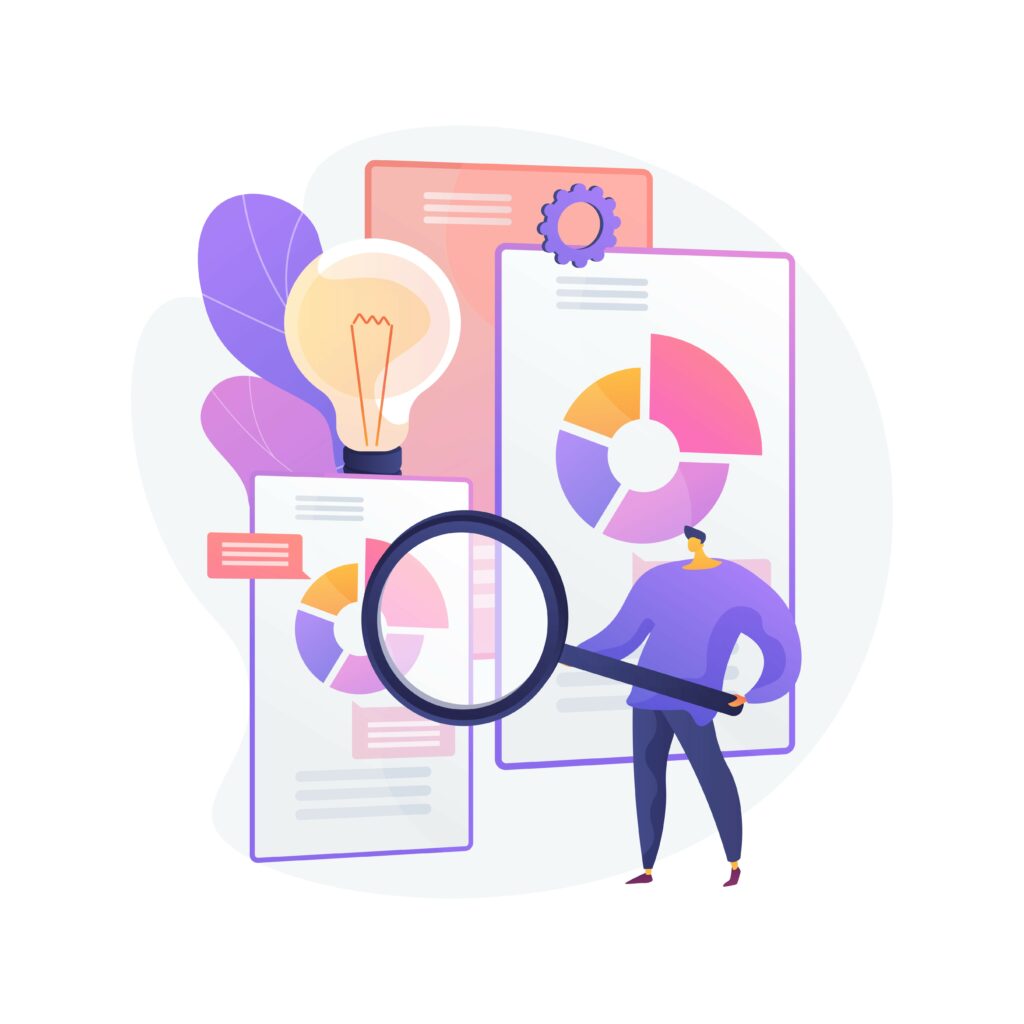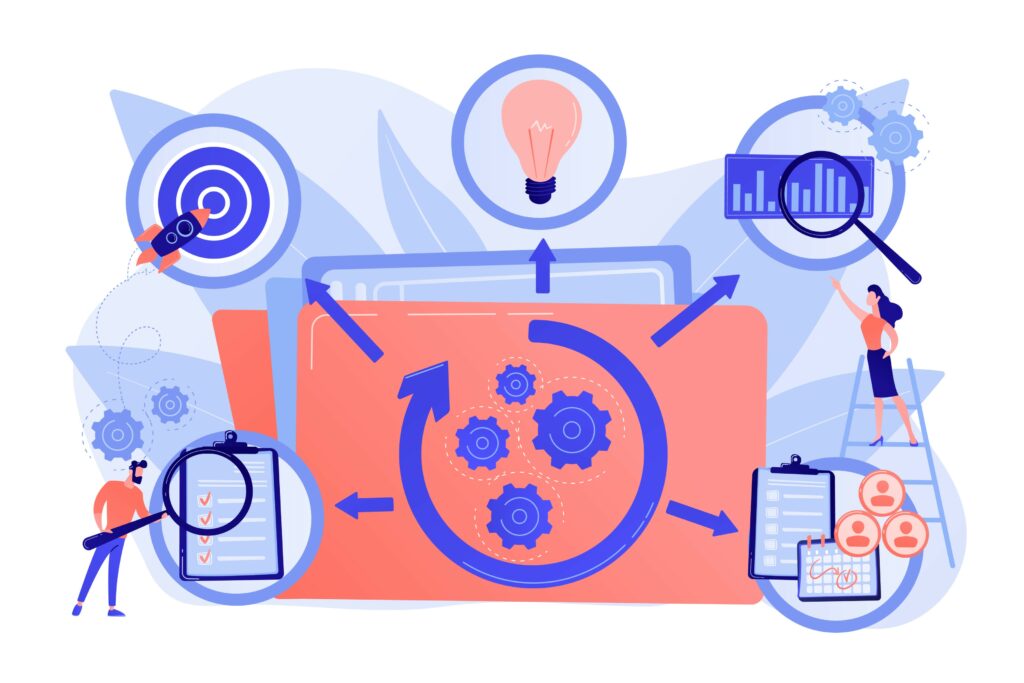Using actionable analytics is one of the most effective ways to build a competitive employer brand—𝟕𝟎% 𝐨𝐟 𝐞𝐱𝐞𝐜𝐮𝐭𝐢𝐯𝐞𝐬 𝐜𝐥𝐚𝐢𝐦 𝐩𝐞𝐨𝐩𝐥𝐞 𝐚𝐧𝐚𝐥𝐲𝐭𝐢𝐜𝐬 𝐢𝐬 𝐚 𝐭𝐨𝐩 𝐬𝐭𝐫𝐚𝐭𝐞𝐠𝐢𝐜 𝐩𝐫𝐢𝐨𝐫𝐢𝐭𝐲. At Review.jobs, we know that a strong employer brand doesn’t just attract top talent—it also retains, engages, and grows them.
Actionable analytics go beyond static reporting and dashboards. They allow businesses to take real-time action based on employee sentiment, user behavior, and other measurable metrics. In this article, we’ll break down what actionable analytics are, why they matter for employer branding, and how to use them effectively—from gathering clean data to leveraging AI-powered tools. If you’re looking to deliver a brand experience that resonates from recruiting to retention, this is your roadmap.
Table of Contents
- What Are Actionable Analytics?
- Why Actionable Insights Matter for Employer Branding
- How to Use Actionable Analytics to Shape Your Employer Brand
- How to Improve the Quality of Your Data
- Key Tools for Actionable Analytics in Employer Branding
- Implementing Actionable Analytics in Your Organization
- The Role of AI and Machine Learning in Actionable Analytics
- Analyzing and Acting on Customer (Employee) Behavior
What Are Actionable Analytics?
From Raw Data to Real-Time Decisions
Actionable analytics transform raw data into insights you can do something with. While traditional reports might tell you turnover was high last quarter, actionable analytics explain why and what to do next. They’re timely, specific, and tightly linked to business outcomes like employee engagement or retention rates.
The 4 Pillars of Actionable Insights
To be genuinely useful, data must do more than describe the past—it must empower decision-makers to take meaningful steps forward. That’s what makes an insight actionable. Let’s break down the essential qualities:
1. Timely: Available when decisions need to be made
Timing is everything. An insight delivered too late—after the budget is locked, after the new hire quits, or after engagement scores dip—is just a historical anecdote. Actionable insights are delivered in real-time or at the critical moment they’re needed, so that HR teams and leaders can intervene proactively. Think of pulse survey results that are accessible the same week they’re collected, or an early warning signal of potential attrition based on weekly behavior data.
2. Relevant: Connected to a specific business goal or metric
Data only becomes meaningful when it directly informs a strategic priority. Whether you’re aiming to boost retention, improve onboarding, or refine your EVP, the insights you act on should tie directly to these objectives. Relevance ensures that every piece of analysis drives real impact, not just interesting commentary. For example, analyzing exit interview themes makes sense only if you’re actively trying to improve retention.
3, Clear: Easily interpreted by decision-makers
If an insight requires a data scientist to decode it, it’s not actionable for most HR teams. Clarity means the insight is presented in a way that’s understandable by stakeholders—through clean visuals, concise summaries, or plain-language takeaways. Clear insights allow leaders to grasp the “what” and the “why” without wading through technical jargon or lengthy dashboards.
4. Practical: Paired with suggested actions or solutions
Finally, an insight should lead somewhere. It should come with recommended next steps, such as updating manager training, adjusting recruitment messaging, or revising an internal process. Practicality is what transforms a piece of data into a tool for change. For instance, if survey results show low belonging scores in a specific department, a practical insight might suggest launching a local inclusion initiative or scheduling manager one-on-ones.
Together, these qualities ensure that insights don’t just sit in a report—they drive decisions, shape experiences, and ultimately strengthen your employer brand.

Real Examples in HR
Here’s how organizations use actionable analytics in their employer brand strategy:
- Predictive turnover scoring to flag at-risk employees
- Sentiment analysis of employee reviews
- Pulse survey results to optimize onboarding experiences
- Career page bounce rates from Google Analytics
Why Actionable Insights Matter for Employer Branding
Driving Brand Consistency and Effectiveness
Your employer brand should reflect how people actually feel working at your company—not just the story you tell in job ads. Data-driven decisions help align your internal culture with external messaging. When your EVP (Employee Value Proposition) is backed by insight, it resonates more deeply with candidates and employees.
Enhancing the Employee Experience
Actionable analytics empower HR teams to spot behavior patterns and respond faster. Feedback loops built from consistent data tracking allow companies to:
- Improve onboarding programs
- Address culture gaps
- Train managers based on real feedback
How to Use Actionable Analytics to Shape Your Employer Brand
Map the Employee Journey
Use analytics to track every major employee touchpoint:
- Application and hiring process
- Onboarding experience
- Day-to-day employee engagement
- Exit interviews and alumni feedback
Turn Metrics Into Messaging
Use data visualization to tell a compelling brand story. Tableau and Power BI dashboards, for example, allow teams to spot strengths and weaknesses at a glance. Translate high engagement in one department into a spotlight story in your next recruitment campaign.
Tailor EVP to Demographics
Different teams, roles, and regions value different things. Analytics tools can segment employee reviews by role or geography, helping you create more relevant and effective brand messaging for each audience.
How to Improve the Quality of Your Data
Why Data Quality Is Non-Negotiable
Unstructured data, biased responses, or outdated reports lead to poor decisions. Ensuring high-quality, reliable information is essential to making insights more actionable and meaningful.
Proven Methods to Improve Data Accuracy
- Regular audits of your HR data sources and dashboards
- Use of certified platforms like Review.jobs to collect verified employee reviews
- Integration of HRIS and ATS platforms to centralize data
- Use filters to isolate noise from relevant patterns
Common Pitfalls
Mismatched survey questions, unclear response formats, and incomplete data sets are some of the top reasons companies struggle to act on analytics. Avoid these by standardizing your collection process.
Key Tools for Actionable Analytics in Employer Branding
Platforms that Deliver
Here are some of the most powerful analytics tools for HR branding professionals:
| Tool | Use Case |
| Review.jobs | Collects, organizes, and analyzes employee reviews |
| Google Analytics | Tracks behavior on career pages and application flows |
| Tableau / Power BI | Visualizes engagement and performance trends |
Review.jobs is purpose-built for HR teams looking to optimize their employer brand through real employee reviews and sentiment analysis. Learn more about how we analyze employee reviews here.
Implementing Actionable Analytics in Your Organization
Set KPIs and Goals
Every analytics program should start with a clear question. Do you want to reduce turnover? Increase application conversion rates? Improve onboarding satisfaction? Define your key metrics before investing in tools or processes.
Align Teams
Effective analytics programs involve more than HR. Coordinate with IT, marketing, and leadership to ensure systems are integrated and insights are understood across departments.
Build a Feedback-Action Loop
Analytics only deliver value when they lead to change. Create a repeatable process:
- Collect data from multiple sources
- Analyze it using platforms like Review.jobs or Tableau
- Take action with relevant teams
- Measure the impact and start again

The Role of AI and Machine Learning in Actionable Analytics
Predictive and Prescriptive Capabilities
Artificial intelligence helps HR teams not just understand the present but also forecast the future. Predictive analytics models can flag flight risks or identify high-potential hires. Prescriptive tools suggest specific interventions.
Smarter Sentiment Analysis
Machine learning enables platforms like Review.jobs to detect sentiment in open-text employee reviews with far more nuance than manual reviews could. This allows organizations to measure morale in real time and identify areas needing improvement.
From Data Science to Personalization
With AI, you can:
- Group employees by behavior patterns
- Customize communications and benefit offerings
- Develop career plans based on historical performance data
Analyzing and Acting on Customer (Employee) Behavior
Employees Are Your Internal Customers
Just like customer experience teams analyze user behavior to refine products, HR teams can track employee behaviors to optimize workplace culture.
Techniques to Analyze Behavior
Use these tools and methods:
- Pulse surveys at key stages of the employee lifecycle
- Behavioral segmentation in dashboards
- Event tracking in onboarding or training systems
Turn Behavior Into Brand Action
Let’s say data shows a pattern of disengagement after 90 days. That insight might prompt changes in onboarding content, manager check-ins, or team assignments—each of which can influence the overall perception of your brand.
Whether you’re an HR manager, a culture consultant, or a C-suite executive, actionable analytics give you the power to influence employee sentiment and brand perception at every level. By using platforms like Review.jobs and aligning your strategy with real-time data, your team can take confident steps toward a stronger, more authentic employer brand.
Explore how Review.jobs can help you implement data-driven decisions and build a winning brand from the inside out.





